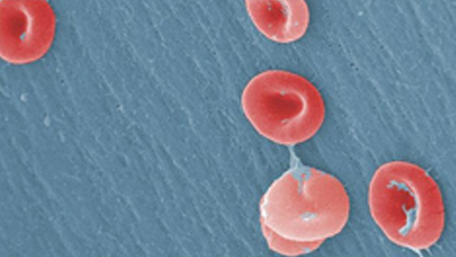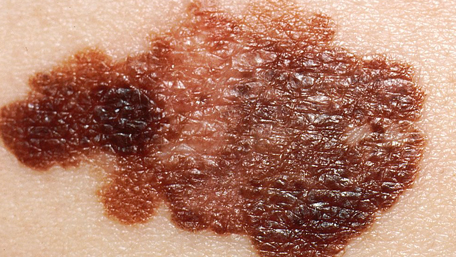
10/08/2020
Hot Topics of the Day are picked by experts to capture the latest information and publications on public health genomics and precision health for various diseases and health topics. Sources include published scientific literature, reviews, blogs and popular press articles.
Sign up MyPHGKB to receive the daily hot topic email alert.
Archived Hot Topics of the Day By Date
Coronavirus Disease among Persons with Sickle Cell Disease, United States, March 20-May 21, 2020.
Panepinto Julie A et al. Emerging infectious diseases 2020 10 (10) 2473-2476
Face masks: what the data say
L Peeples, Nature, October 6, 2020
System Dynamics Model of Possible Covid-19 Trajectories Under Various Non-Pharmaceutical Intervention Options in Low Resource Setting.
LWK Bitok et al, MEDRXIV, October 8, 2020
Age- and Sex-Specific Modelling of the COVID-19 Epidemic
A Doerre et al, MEDRXIV, October 8, 2020
Plasma ACE2 activity is persistently elevated following SARS-CoV-2 infection: implications for COVID-19 pathogenesis and consequences
SK Patel et al, MEDRXIV, October 8, 2020
AI for radiographic COVID-19 detection selects shortcuts over signal
AJ Degrave et al, MEDRXIV, October 8, 2020
Detection of SARS-CoV-2 with SHERLOCK One-Pot Testing.
Joung Julia et al. The New England journal of medicine 2020 Oct (15) 1492-1494
Characteristics of SARS-CoV-2 and COVID-19
B Hu et al, Nat Rev Microbiology, October 6, 2020
Seeds of cancer in normal skin
I Martincorina, Nature Medicine, October 7, 2020
Exome Sequencing for Prenatal Diagnosis in Nonimmune Hydrops Fetalis.
Sparks Teresa N et al. The New England journal of medicine 2020 Oct
Disclaimer: Articles listed in Hot Topics of the Day are selected by Public Health Genomics Branch to provide current awareness of the scientific literature and news. Inclusion in the update does not necessarily represent the views of the Centers for Disease Control and Prevention nor does it imply endorsement of the article's methods or findings. CDC and DHHS assume no responsibility for the factual accuracy of the items presented. The selection, omission, or content of items does not imply any endorsement or other position taken by CDC or DHHS. Opinion, findings and conclusions expressed by the original authors of items included in the Clips, or persons quoted therein, are strictly their own and are in no way meant to represent the opinion or views of CDC or DHHS. References to publications, news sources, and non-CDC Websites are provided solely for informational purposes and do not imply endorsement by CDC or DHHS.
- Page last reviewed:Feb 1, 2024
- Page last updated:May 08, 2024
- Content source:





